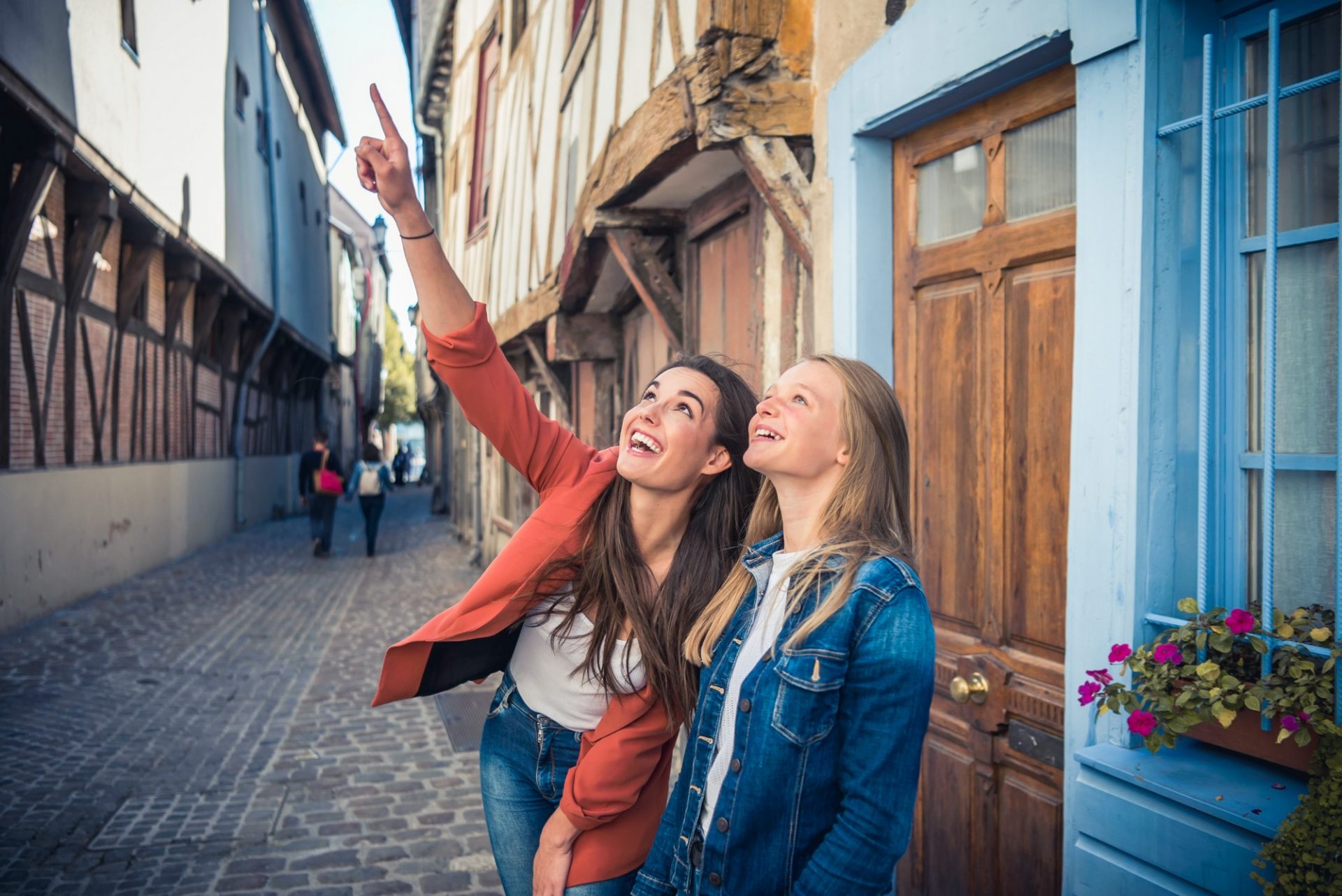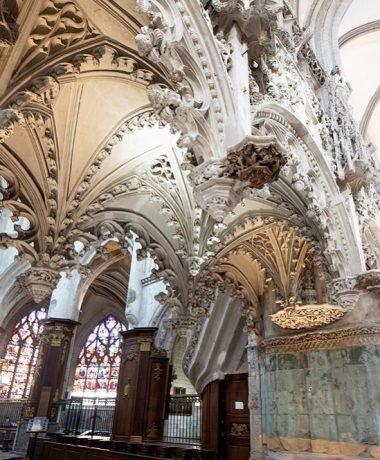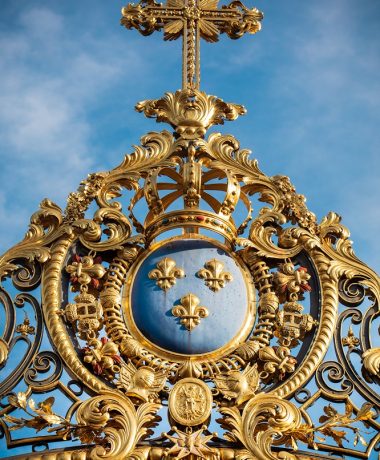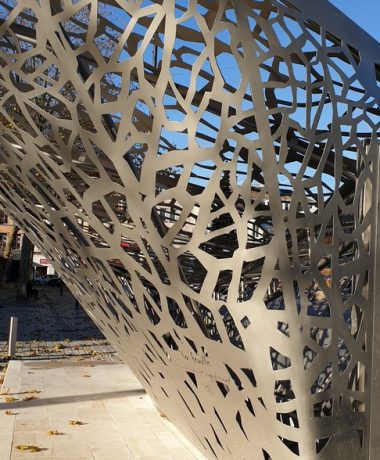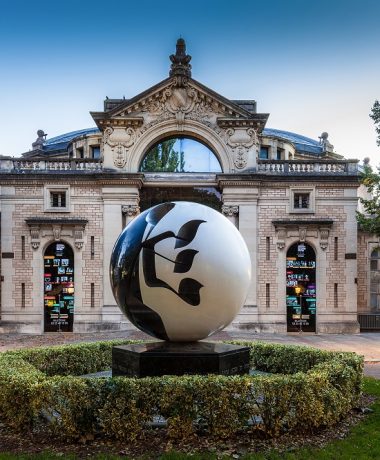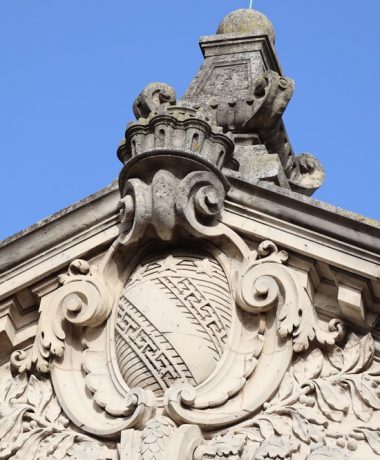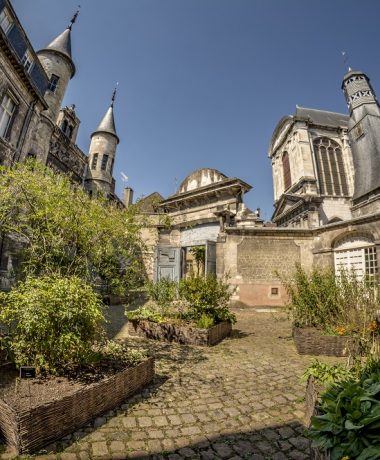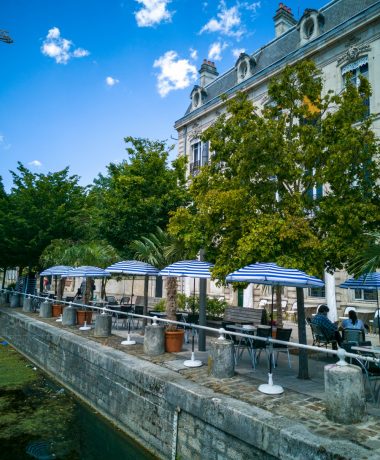Surprise yourself and visit Troyes, the city of a thousand colours!
Troyes is like a black and white masterpiece that would have been painted in colours. It is a city built on a human scale, rich in its history, its heritage, its local culture and its people.
Between Gothic and Renaissance periods, you can still feel the atmosphere of when the city was Capital of the Counts of Champagne while wandering in the heart of Troyes, which has the characteristic shape of a Champagne cork.
To visit Troyes is like to be thrown back into medieval history, and the colourful and spicy atmosphere of the Great Champagne Fairs.
In Troyes, appreciate an exceptional heritage made of gorgeous colourful half-timbered houses shaped like a « circumflex accent », mansions of the 16st century, narrow streets, courtyards and magnificent churches!
